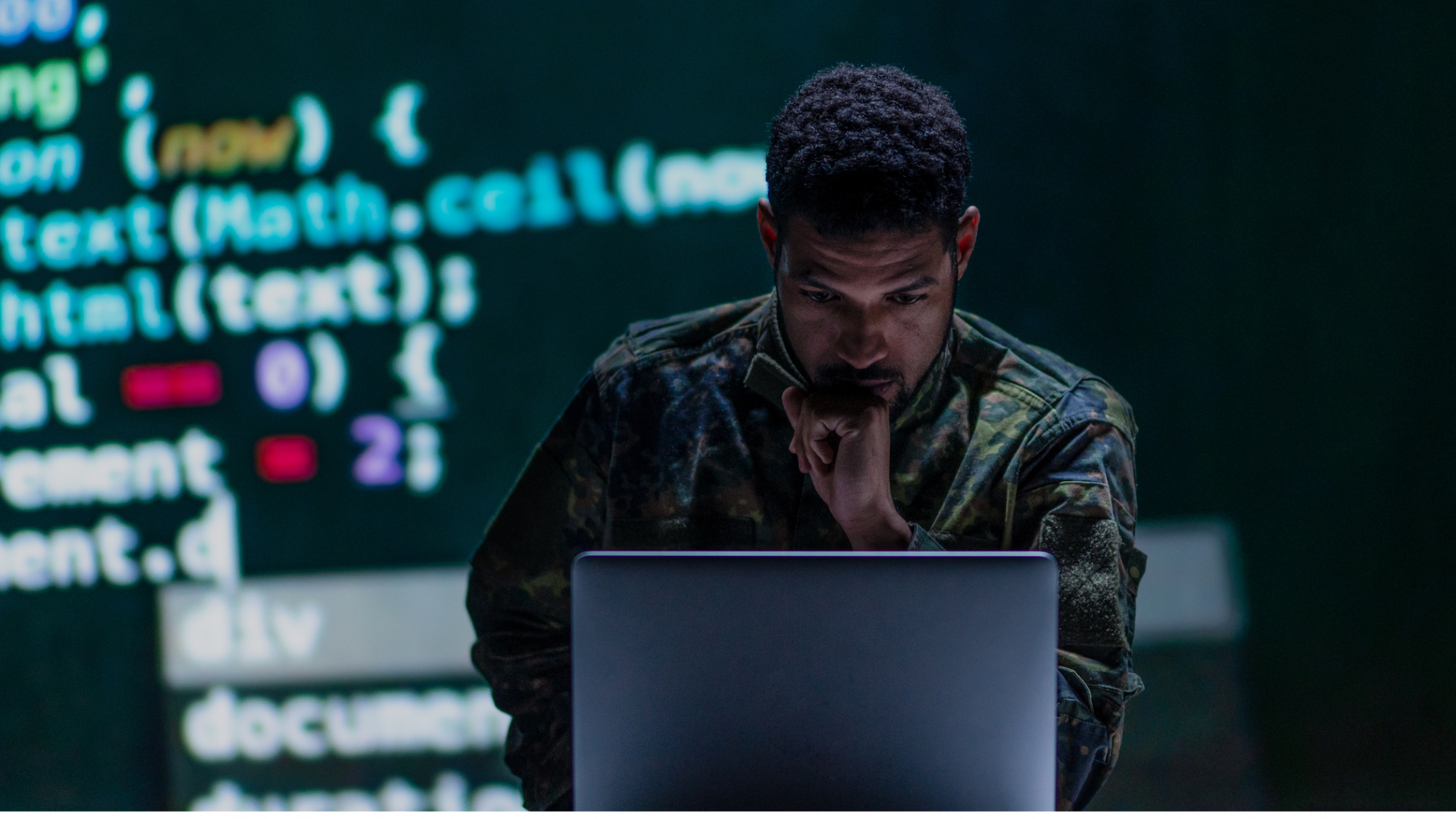
The Digital Frontier
In an era dominated by technological advancements, the landscape of security has evolved significantly. The integration of cutting-edge technologies within law enforcement and defence forces has undoubtedly enhanced their capabilities. However, this digital frontier brings forth a myriad of challenges too, notably when it comes to vetting security personnel and this is something I elaborate on further in our latest Siren Perspective, “Closing the Gap: Leveraging Technology for Enhanced Quality, Accuracy, and Speed in Police Vetting”.
Vetting is a pivotal component of safeguarding against modern security threats. Ensuring that individuals with access to sensitive information or critical facilities are trustworthy and pose no risk is paramount. The traditional methods of background checks and character assessments are no longer sufficient in the face of rapidly evolving cyber threats and the intricate nature of modern warfare.
The process of ascertaining an individual’s suitability to access sensitive or classified information, work in critical positions, or enter secure premises is an enormous responsibility. Traditionally, this process has been time-consuming, resource-intensive, and sometimes can be plagued by human error.
The Pervasive Influence of Technology
As technology becomes more embedded in our daily lives, its influence simultaneously permeates the operations of law enforcement bodies, national security agencies and defence forces. The increasing reliance on digital systems, interconnected networks, and sophisticated communication platforms has created a complex web that demands a new approach to security vetting.
One of the primary challenges lies in the ubiquitous nature of technology, making it a double-edged sword. On one hand, it empowers security personnel with advanced tools for surveillance, data analysis, and communication. On the other hand, it opens avenues for potential vulnerabilities and exploitation. A vetting process that fails to adapt to this intricate technological landscape is, in essence, a weak link in the chain of national security.

The Evolving Nature of Threats
The landscape of threats faced by law enforcement and defence forces is continually evolving. Traditional vetting processes may not adequately account for emerging threats such as insider threats, radicalisation through online channels, or the manipulation of digital identities.
Continuous monitoring and periodic reassessment of security personnel are imperative to adapt to the ever-changing threat landscape. A robust vetting process should incorporate mechanisms for ongoing evaluation, enabling security forces to identify and address potential risks in real-time.

Cybersecurity Competence: A New Dimension
In the digital age, a security force is only as strong as its weakest link in cyberspace. Ensuring that personnel possess the necessary cybersecurity competence is a formidable challenge. The dynamic nature of cyber threats requires constant training and skill development. A security vetting process must go beyond assessing basic computer literacy and delve into the realm of cyber hygiene, threat intelligence, and the ability to navigate and mitigate cyber risks.
Moreover, as the lines between physical and cyber threats blur, vetting processes must incorporate a comprehensive understanding of the digital landscape. A candidate may have a flawless record in traditional security matters, but without adequate cybersecurity awareness, they may unwittingly become conduits for cyber attacks.
Recruiters within these organisations face a challenging conundrum – they often must recruit quickly in response to political decisions (e.g. recruitment drives) but this time-boxed challenge can result in the necessary clearance checks and vetting procedures being short-circuited in order to get the job done. Time constraints result in mistakes and malignant individuals can slip through the net – many, many instances of this have been publicised in jurisdictions around the world and it seems nowhere is immune to this latent threat.
International Collaboration and Information Sharing
In an interconnected world, the challenges of vetting security personnel extend beyond national borders. International collaboration and information sharing are crucial for addressing transnational threats – such collaboration however is not a given – it can pose its own challenges in terms of standardising vetting processes, ensuring data security, and navigating legal and cultural differences.
Establishing a framework for effective international collaboration requires a delicate balance between sharing critical information and protecting sensitive data. The development of common standards and protocols can facilitate smoother collaboration and strengthen global security efforts but reaching international agreements in this domain takes time. Access to common data sets such as Open Source Intelligence (OSINT) brings a potent practical element to vetting procedures in the absence of national accords.
Social Media And The Right To Free Speech
Social media platforms have become a treasure trove of information for vetting security personnel. However, navigating this terrain requires a nuanced approach. The challenge lies in distinguishing between genuine security concerns and personal opinions expressed in private spaces.
A security force must be able to differentiate between an individual’s right to free speech and the potential threat posed by extremist ideologies or criminal intent. Striking this balance requires not only advanced technological tools for monitoring social media but also a deep understanding of cultural nuances and context.

The Dilemma of Digital Privacy
As security forces delve into the digital realm, the issue of digital privacy becomes a critical concern in the vetting process. Striking a balance between the need for thorough background checks and respecting an individual’s right to privacy is a delicate task. The extensive digital footprint that individuals leave behind can reveal a wealth of information, but it also raises ethical questions about the extent to which this information should be scrutinized.
While uncharacteristic social media personas and aggressive keyboard warrior behaviour pose a visible threat, it must be remembered that the dark web accounts for 95% of overall internet usage – effectively a 20x multiple of the visible threat compared to public internet spaces which are governed by platform rules. Dark web activity and associated transactions in cryptocurrency are vital signs in basic, modern day assessments of good character.
Legal frameworks must be robust enough to address the challenges posed by the digital age, outlining clear boundaries for the collection and use of personal digital data in the vetting process. Transparency and accountability are paramount to ensure that the vetting process remains just and upholds the principles of democracy and human rights. It is important that the necessary transparency and review of digital footprints are baked into the recruitment process in order for the accountable hiring managers to be able to hire with confidence.
Conclusion
As technology continues to redefine the landscape of security, the challenges in vetting personnel for law enforcement and defence forces are both complex and multifaceted. A forward-thinking approach that embraces cybersecurity competence, respects digital privacy, adapts to evolving threats, and fosters international collaboration is essential.
In this age of technology, the strength of a nation’s security forces is intrinsically linked to the efficacy of its vetting processes. It is not merely a matter of ticking boxes on a checklist but a dynamic and ongoing effort to stay ahead of the curve in the face of ever-changing threats. By addressing these challenges head-on and continuously refining vetting methodologies, we can ensure that our security forces remain resilient, adaptive, and capable of safeguarding our nations in the digital era.
Read more about this topic in our latest Siren Perspective: Closing the Gap Leveraging Technology for Enhanced Quality, Accuracy, and Speed in Police Vetting.



